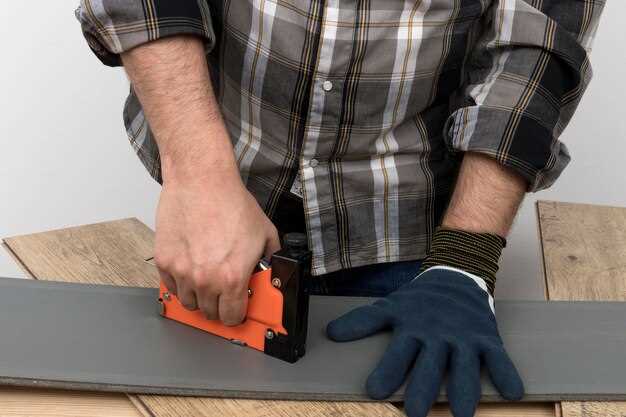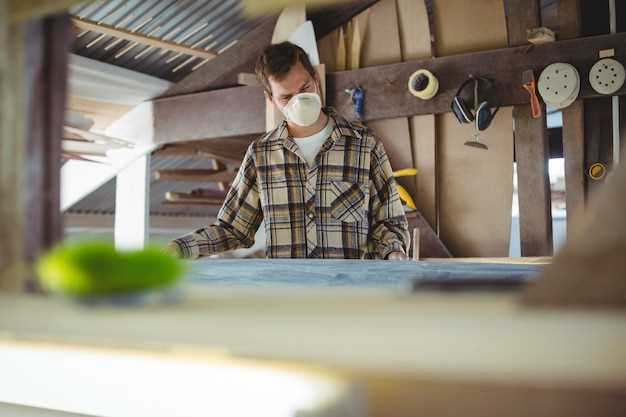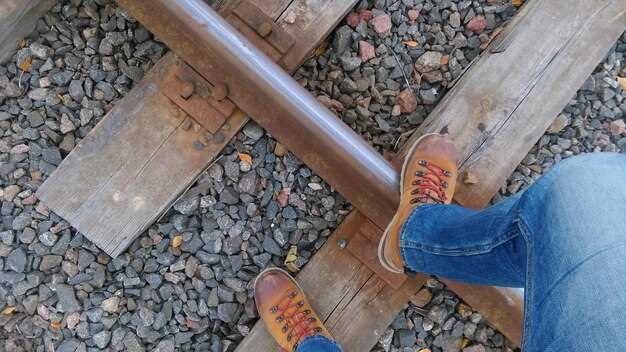
Maintaining your trailer in optimal condition is essential for both safety and functionality. One of the most critical aspects of trailer upkeep is ensuring the floor is in good repair. A compromised floor can lead to serious issues, including structural damage and safety hazards. Whether your trailer has suffered from water damage, rot, or simply wear and tear over time, knowing how to replace your trailer floor can save you time and money.
This DIY guide will walk you through the necessary steps to effectively replace your trailer floor. We will cover the materials you’ll need, the tools required, and specific techniques to ensure a long-lasting repair. By the end of this article, you’ll be equipped with the knowledge to tackle this project confidently, ensuring your trailer is safe and ready for all your adventures.
Replacing your trailer floor might seem daunting, but with the right preparation and execution, it can become a manageable task. Emphasizing safety and attention to detail will not only improve the lifespan of your trailer but will also enhance your overall towing experience. Let’s get started on transforming that damaged floor into a sturdy and reliable foundation once again!
Assessing Damage and Choosing Materials for Trailer Floor Replacement

Before embarking on the journey of replacing your trailer floor, it is crucial to assess the damage to ensure a successful repair. Begin by inspecting the floor for signs of rot, rust, or structural compromise. Pay close attention to areas where moisture may have accumulated, as these are prime spots for deterioration. Use a screwdriver to probe soft spots; if it penetrates easily, the material may need replacement.
Once you have identified the damaged sections, determine whether a partial or complete floor replacement is necessary. For minor repairs, you may only need to cut out and replace localized areas, while extensive damage may require a full overhaul. Consider the overall condition of the trailer; if the frame or underlying supports are compromised, addressing these issues should be a priority before focusing on the floor.
Choosing the right materials is essential in ensuring durability and longevity in your trailer floor replacement. Common materials include marine-grade plywood, which offers excellent moisture resistance, and aluminum, known for its lightweight and corrosion-resistant properties. Composite materials can also be a great option, providing both strength and resistance to the elements.
When selecting materials, consider how you intend to use the trailer. If it will carry heavy loads, opt for thicker materials to withstand weight and wear. Evaluate your budget; while higher-quality materials may have a steeper upfront cost, they often save you from future repairs and replacements.
By thoroughly assessing the damage and carefully choosing the right materials, you can build a strong, reliable trailer floor that will serve you well for years to come.
Step-by-Step Instructions for Removing the Old Floor and Preparing the Frame
Begin by gathering essential tools and materials, including a pry bar, a reciprocating saw, safety glasses, gloves, and a dust mask. Ensure the trailer is securely parked and supported to prevent accidents during the repair process.
Next, inspect the underside of the trailer for any visible hardware securing the old floor. Use the pry bar to remove screws or bolts and carefully detach any components that might obstruct the removal process.
Once the hardware is removed, start cutting through the old floor. Use the reciprocating saw to slice through the floor material in manageable sections. Always be cautious to avoid cutting into the trailer frame itself. After cutting, use the pry bar to help lift and remove pieces of the flooring.
As you remove the floor, pay attention to any signs of damage on the trailer frame. Look for rust, rot, or significant wear. Address any issues immediately by cleaning and treating the affected areas with appropriate products to ensure longevity.
After the old floor is completely removed, clean the frame thoroughly. Remove any debris, dust, or remnants of old flooring. Check the frame for levelness, making adjustments as necessary to ensure a stable base for the new floor.
Finally, allow the frame to dry completely if it has been treated with any solutions. This preparation is crucial to guarantee a solid and long-lasting repair when installing the new trailer floor.
Installing the New Floor: Techniques and Tips for Secure Attachment

When replacing your trailer floor, ensuring a secure attachment is crucial for longevity and safety. Start by preparing the subfloor. Inspect for any rot or damage; repairing or replacing compromised sections will provide a solid base for your new floor.
Next, choose the right materials suited for your trailer’s use. Marine-grade plywood is often recommended due to its resistance to moisture. Cut the new floor panels to fit the trailer’s dimensions precisely. Utilize a circular saw for clean edges to prevent splintering.
During installation, lay the floor panel on the trailer frame and ensure it is level. Use a spacer or shim, if necessary, to maintain an even surface. This will help distribute weight evenly and prevent future sagging.
For attachment, pre-drill holes to prevent the wood from splitting. If using screws, opt for stainless steel or self-tapping screws for durability and corrosion resistance. Space screws about 12 to 16 inches apart to ensure a firm grip.
Consider applying a layer of adhesive in addition to screws. A construction adhesive suitable for outdoor use can enhance the bond between the floor and its support structure, providing extra holding power.
Finally, seal the edges and any exposed surfaces of the floor with a waterproof sealant. This protective layer will help prevent moisture penetration and extend the lifespan of your newly installed trailer floor.





